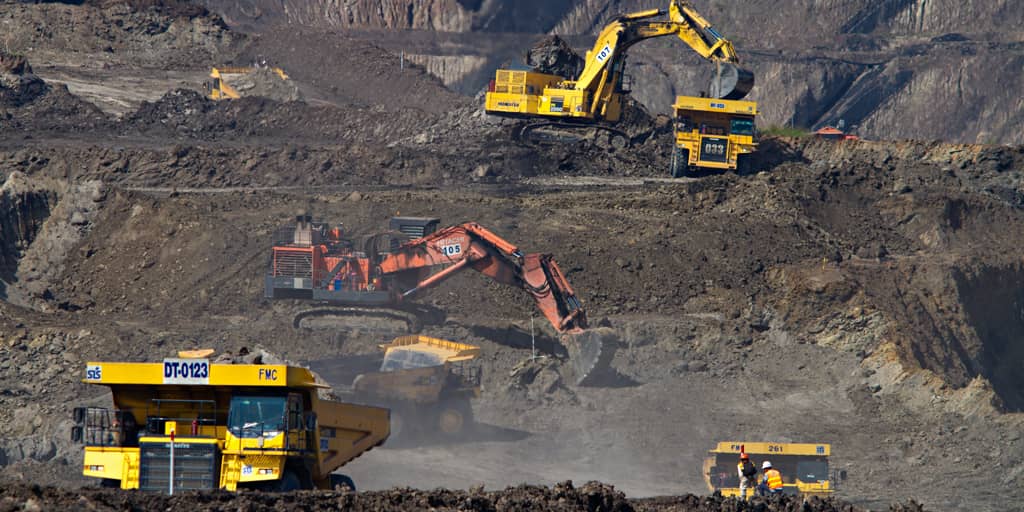Intelligent transport in the mining industry

For several years now, intelligent transportation solutions have been revolutionizing the way we move around cities. Globally successful apps such as Waze, Google Maps or Uber are part of our daily lives and undoubtedly inject efficiency and quality into our lives. But it is not only the city that poses important mobility challenges. A large mining site can have up to 5,000 trips per day of large mining trucks (capable of carrying 300 tons and with an average value of US$5 million each). Unlike in cities, these trips are managed and optimized essentially manually, injecting variability and inefficiency into the process.
To support this process, large mining companies use the so-called mining dispatch systems, whose market is currently concentrated in a few players.
What does a mining dispatch system do?
Its main function is to determine the appropriate truck flows between the different origins (loading equipment) and their corresponding destinations. Corresponding to these calculated flows, the dispatching systems indicate in real time to the operators which is their next assigned task (e.g. “go to shovel 14 and then to primary crusher”) through screens installed for this purpose in the cab of the trucks.
What are the opportunities for these systems?
The few players that provide these systems have failed to integrate new technologies into the product. Thus, solving the problem of optimizing the mining loading and haulage process seems a distant challenge. The products offered by these players are recognized worldwide for:
Its lack of interoperability, i.e. the ability to converse with other systems to facilitate coordination and synchronization between different processes. The market-leading dispatch system does not even read the shift extraction targets.
Its lack of innovative behavior. For using old optimization algorithms that were designed for the limited computational capacity that existed in the 1980s. These limitations mean that algorithms tend to oversimplify reality to the point that they model the mine operation as if the ore were moving in a continuous flow.
Their high level of complexity to manage, operate and adapt them. The limitations described above force dispatchers to constantly and MANUALLY configure dozens of confusing parameters, which ultimately define process performance.
How does Octopus Mining Suite help?
Our first Dispatch Autonomous Setting module is, in simple terms, an “autopilot” for the dispatch system in the mining industry. This module, based on our motto of intelligent interoperability, is capable of reading the mining objectives set for the shift, interoperates with different systems to capture in real time the status of the operation and through advanced artificial intelligence algorithms, optimizes, standardizes and automates the configuration of the dispatch system.
Our second module is Shift Handover Autonomous CoordinatorThe new system, a tool designed to optimize the shift change process by indicating the optimal locations of trucks at the end of the shift and efficiently assigning operators to the passenger transport system that will take them to their rest stop. The tool seeks to minimize operational losses, keeping as a main objective the fulfillment of the mining plan.
Finally, a virtual assistant accompanies the dispatcher throughout the shift. Octopus Co-Pilot allows to project, design and simulate multiple scenarios, through the modification of parameters and configurations of the mine operation in order to formulate recommendations to achieve the best results.